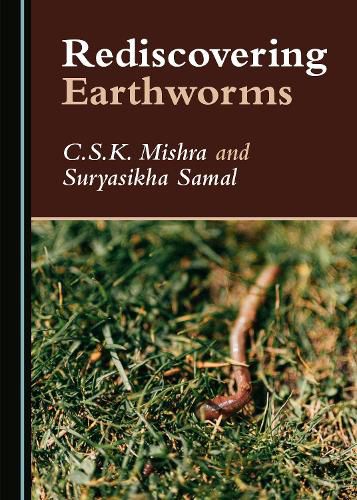Readings Newsletter
Become a Readings Member to make your shopping experience even easier.
Sign in or sign up for free!
You’re not far away from qualifying for FREE standard shipping within Australia
You’ve qualified for FREE standard shipping within Australia
The cart is loading…






This book is a concise and well-illustrated treatment of the conventional knowledge and modern utilities of earthworms. The first two chapters deal with earthworm morphology, food relationship, behavior, functional role, interaction with soil biota, and the influence of environmental factors. Earthworms found in the tropics and sub-tropics are also discussed in this section. The third chapter provides a good account of utilizing species of worms to produce high value manure through vermitechnology and its application in agriculture. The nutritional and medicinal values of earthworms are illustrated in the fourth chapter, while the fifth c provides information on how earthworms are used successfully as indicators of ecological perturbations, soil quality and for remediation of contaminated soils. The book will immensely benefit students, faculty and researchers in biological, agricultural and environmental sciences. It is also a source of information for anyone interested in knowing more about earthworms.
$9.00 standard shipping within Australia
FREE standard shipping within Australia for orders over $100.00
Express & International shipping calculated at checkout
This book is a concise and well-illustrated treatment of the conventional knowledge and modern utilities of earthworms. The first two chapters deal with earthworm morphology, food relationship, behavior, functional role, interaction with soil biota, and the influence of environmental factors. Earthworms found in the tropics and sub-tropics are also discussed in this section. The third chapter provides a good account of utilizing species of worms to produce high value manure through vermitechnology and its application in agriculture. The nutritional and medicinal values of earthworms are illustrated in the fourth chapter, while the fifth c provides information on how earthworms are used successfully as indicators of ecological perturbations, soil quality and for remediation of contaminated soils. The book will immensely benefit students, faculty and researchers in biological, agricultural and environmental sciences. It is also a source of information for anyone interested in knowing more about earthworms.